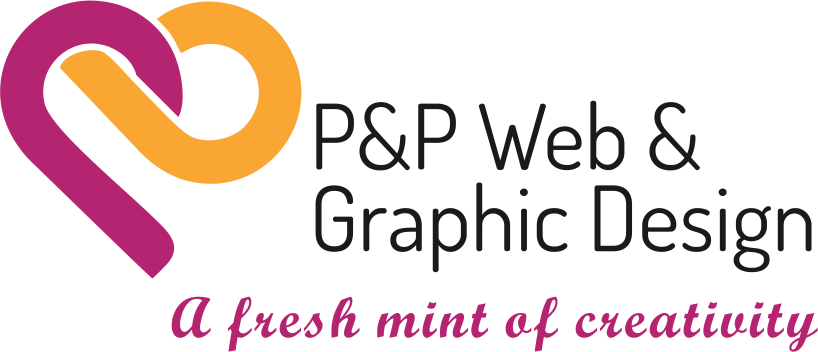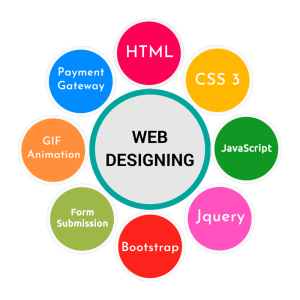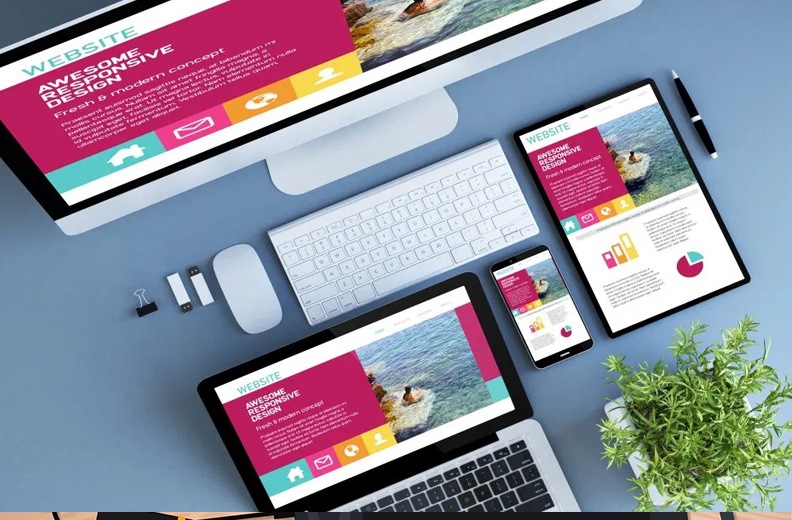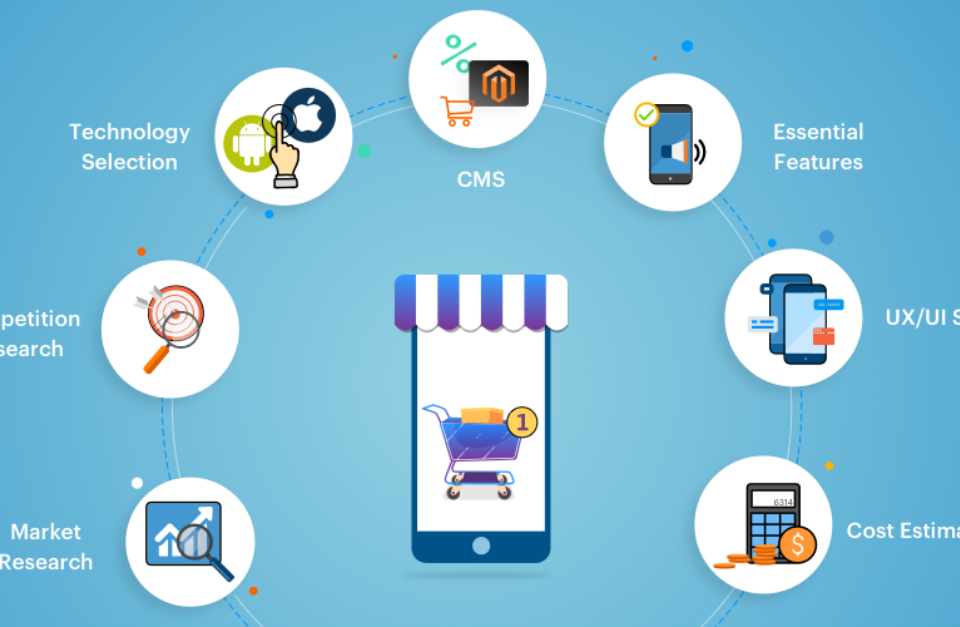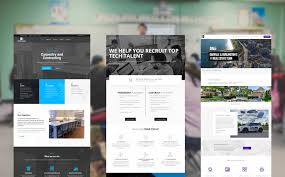- Have any questions?
- (Prasad) +91 96191 46851 | (Parag) +91 99878 20022
- support@pnpwebdesign.com
From Design to Website: A Comprehensive Guide to Bringing Your Vision to Life

Mastering the Art of Designing Web Design: A Comprehensive Guide
March 13, 2024
Unveiling Mumbai’s Creative Hub: Design Studios in Mumbai
March 14, 2024From Design to Website: A Comprehensive Guide to Bringing Your Vision to Life
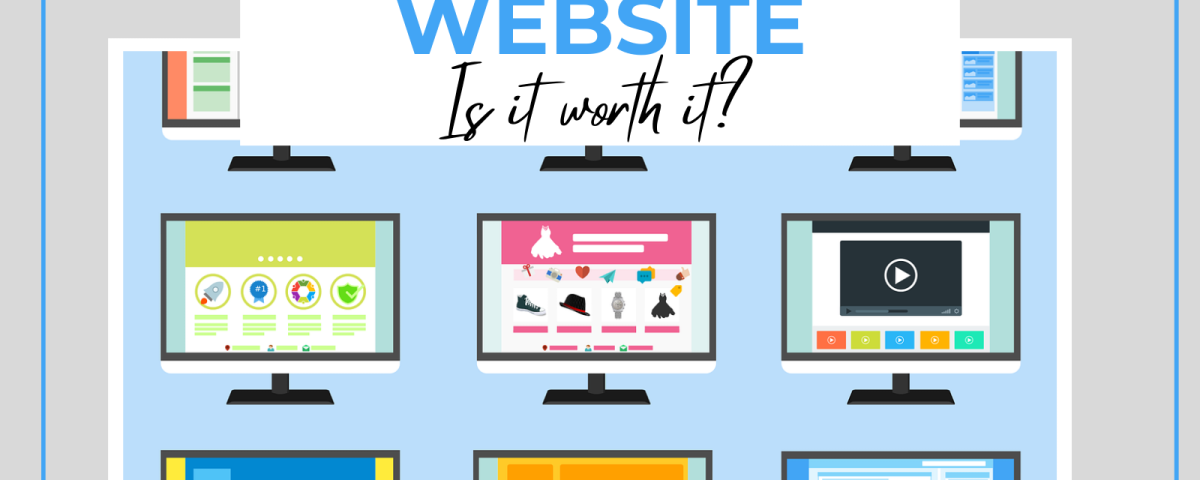
Embarking on the journey from design to website is an exciting endeavor that allows you to transform your creative vision into a fully functional digital presence. Whether you’re a seasoned designer or a novice exploring the world of web development, this guide will provide you with valuable insights, practical tips, and step-by-step instructions to navigate the process with confidence. Join us as we unravel the intricacies of translating design concepts into captivating websites that captivate and engage your audience.
-
Understanding the Design-to-Website Process:
The transition from design to website involves several key stages, each playing a crucial role in bringing your vision to life. From initial concept development and wireframing to coding and deployment, each step requires careful planning, collaboration, and attention to detail to ensure a seamless transition from design to the final product.
-
Concept Development and Wireframing:

At the outset of the design-to-website process, it’s essential to define your objectives, target audience, and key features of your website. Begin by sketching out rough wireframes or mockups that outline the layout, structure, and functionality of your site. Wireframing tools like Adobe XD, Sketch, or Figma can help streamline this process, allowing you to visualize your ideas and iterate on your designs.
-
Design Mockups and Prototyping:
Once you’ve finalized your wireframes, it’s time to create high-fidelity design mockups that reflect the visual aesthetics and branding of your website. Use tools like Adobe Photoshop, Illustrator, or XD to design pixel-perfect layouts. Incorporating elements such as typography, color schemes, imagery, and navigation menus. Additionally, consider creating interactive prototypes to simulate user interactions. Test the usability of your designs before moving on to development.
-
Front-End Development:
With your design mockups approved, it’s time to translate them into code. Front-end development involves writing HTML, CSS, and JavaScript code to build the visual elements and user interface of your website. Focus on writing clean, semantic code that adheres to web standards and ensures cross-browser compatibility. Consider using front-end frameworks like Bootstrap or Foundation to streamline development and ensure responsiveness across various devices and screen sizes.
-
Back-End Development and Content Management:


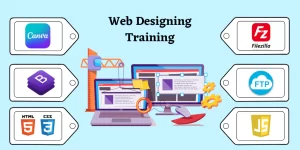
While front-end development focuses on the visual presentation of your website. Back-end development involves building the underlying infrastructure and functionality that power your site. Choose a suitable back-end technology stack based on your project requirements and preferences, such as PHP, Node.js, or Python. Implement features like user authentication, database integration, and content management systems (CMS) to empower site administrators to manage and update content easily.
-
Testing and Quality Assurance:
Before launching your website, it’s essential to conduct thorough testing and quality assurance to identify and resolve any issues or bugs. Perform cross-browser testing to ensure compatibility with popular web browsers like Chrome, Firefox, Safari, and Edge. Additionally, test your website’s performance, accessibility, and security to provide users with a seamless and secure browsing experience.
-
Deployment and Launch:


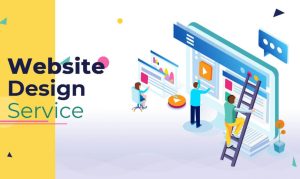
Once you’ve completed testing and QA, it’s time to deploy your website to a live server and make it accessible to the public. Choose a reliable web hosting provider and configure your domain name and server settings accordingly. Consider using deployment tools like Git, FTP, or CI/CD pipelines to streamline the deployment process. Ensure smooth transitions between development, staging, and production environments.
-
Maintenance and Optimization:
After launching your website, the journey from design to website doesn’t end there. It’s essential to monitor your site’s performance, analyze user feedback. Make continuous improvements to enhance usability, functionality, and user experience. Regularly update your content, security protocols, and software dependencies to keep your website secure, up-to-date, and optimized for search engines.
Conclusion: Design to Website
Bringing your design to life as a fully functional website is a rewarding experience that requires careful planning, creativity, and technical expertise. By following the steps outlined in this guide and leveraging the right tools and resources. You can successfully navigate the journey from design to website, creating dynamic and engaging digital experiences that resonate with your audience and achieve your goals.
